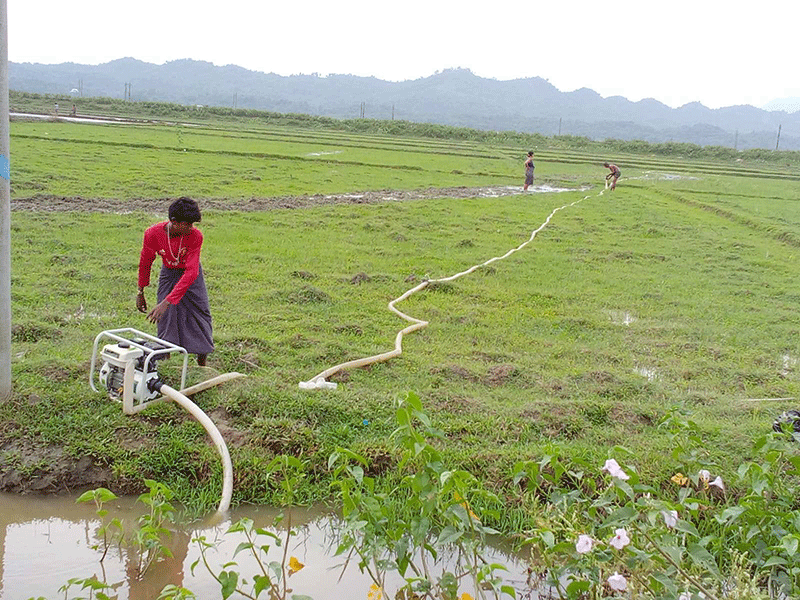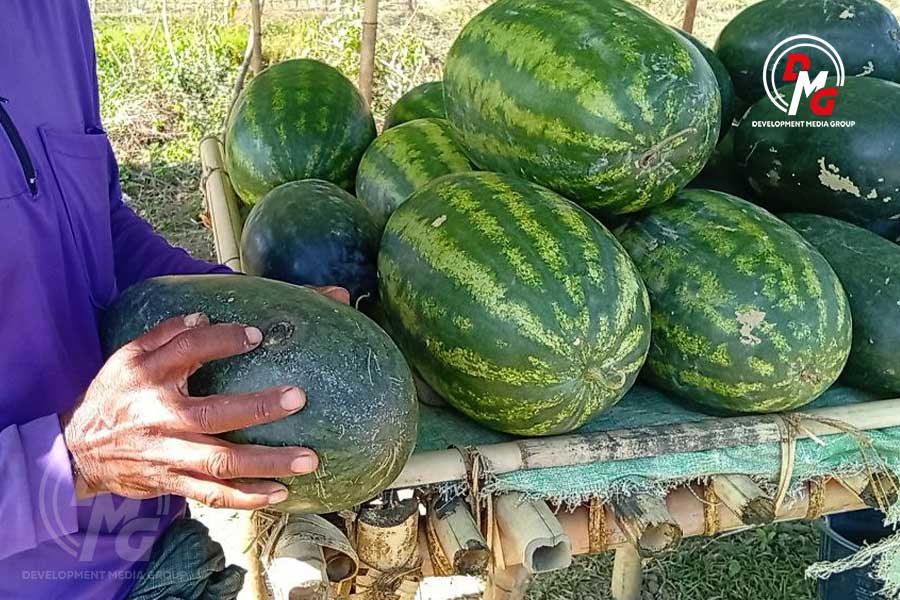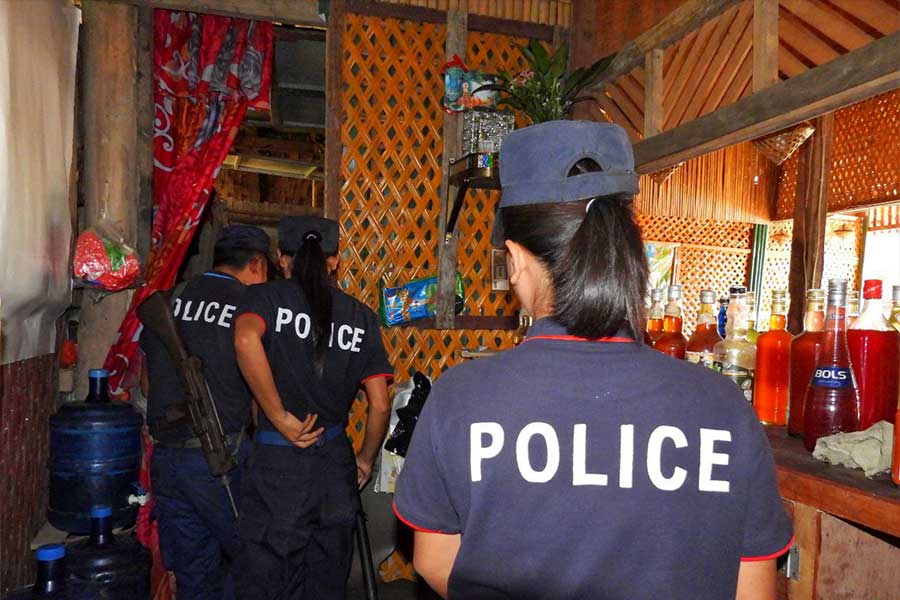Lack of rainfall leaves farmers in northern Arakan struggling to grow paddy
Farmers in northern Arakan State townships such as Ponnagyun, Kyauktaw, Mrauk-U, Minbya, Rathedaung, Buthidaung and Maungdaw are having trouble growing paddy due to a lack of rainfall this year.
26 Jul 2022

DMG Newsroom
26 July 2022, Sittwe
Farmers in northern Arakan State townships such as Ponnagyun, Kyauktaw, Mrauk-U, Minbya, Rathedaung, Buthidaung and Maungdaw are having trouble growing paddy due to a lack of rainfall this year.
U Tin Aung, a farmer from Thabyaykan village, Mrauk-U Township, said some local rice fields that were planted earlier this year had dried up, with rice plants turning yellow and withering for lack of water.
“It hasn’t rained here for over a month. The farmers were already facing various hardships. In the meantime, the drought is still ongoing, so imagine the difficulties we face,” he told DMG.
“The fields that were ploughed during the rainy season have dried up,” said U Shwe Mya Thar, a local farmer from Pyarchaung model village in Minbya Township. “If it rains a little, the already ploughed fields have to be ploughed a little more, so it costs more money.”
Farmers in Maungdaw Township are worried that there will be crop losses and low yields due to the drought.
“There have been many days without rain this whole month,” said U Soe Than Win, a farmer from Aungmingalar village. “Since we were worried about wild elephants, we were not allowed to plant rice in time, so it became more difficult for us.”
The lack of rain is an added hardship for farmers already struggling with soaring fertiliser and fuel prices this year, noted U Aung Kyaw Mya, a spokesman for the Arakan Farmers’ Union.
U Hla Tun, director of the Department of Meteorology and Hydrology, told DMG that the lack of rainfall in northern Arakan State this month has been due to the entry of low pressure air from the Bay of Bengal.
U Hla Tun added that this year’s monsoon rains in Arakan State arrived earlier than last year, but rainfall totals have been below average.
“Less rainfall is related to climate change,” said U Oo Than Myint, an official from the Environmental Conservation Department. “The forest cover in southern Arakan State is more than the forest cover in northern Arakan State. The difference is that where there is more forest cover, it rains more, and where there is less forest cover, it rains less.”
He went on to warn that rainfall shortfalls may be more severe in future years and that preparations should be made accordingly, including efforts aimed at reforestation and shorter term planting initiatives.
“In the long term, climate change will be worse. We are planting trees, but we have to wait 20 to 30 years for a tree to grow. Therefore, by maintaining large plants, we will not have to wait for many years, and we will be able to prevent this damage,” he added.
There are about 1.2 million acres of arable land in Arakan State, according to data compiled by the Arakan Farmers’ Union.














.jpg)


